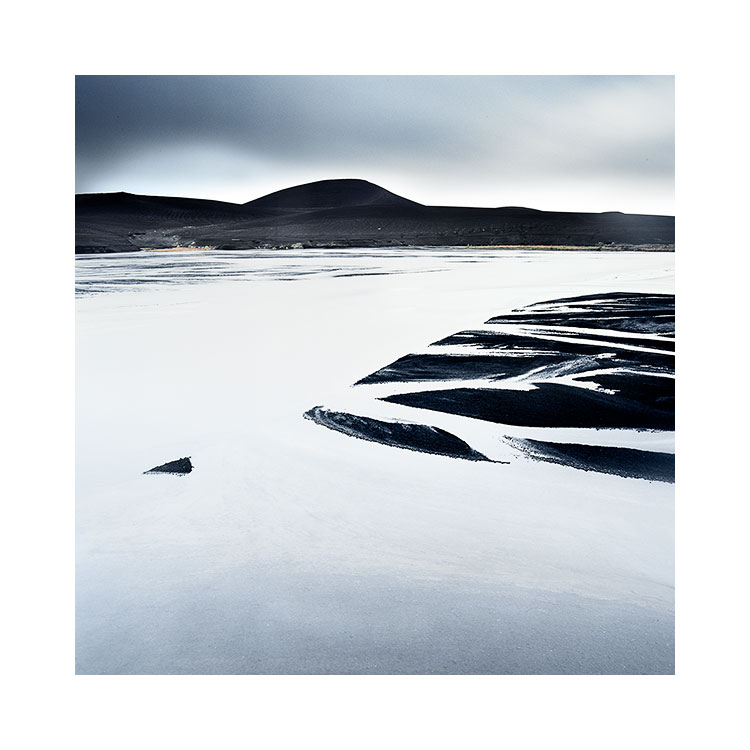I'm not a big fan of automated tools and I tend to keep this side of my photo editing to a minimum. I do for instance use the Pixelgenius Sharpener tool kit, because I am convinced that it has better judgement with regards to the degree of sharpening that is required. Many photographers tend to either over-sharpen their work. This tool avoids that.
In general though : I avoid automated tools that take the control or 'awareness' out of my own hands. By being involved in the creation or construction of your images at each stage, you gain a better understanding of what is going on.
Photography is your personal way of expressing how you see the world. To keep it personal, you need to be intimately involved in all aspects of the image creation from capture to print. Using automated tasks at an early stage in your own development may feel as though they are giving you a boost, but there are never any shortcuts: you gain in apparent immediate improvements, but rarely do you find your own self development has moved on or learned anything in the process.
Luminosity Masks - the TK Toolkit
I played around with this toolkit, and although I think it's a great thing - it's only a great thing in the right hands. If you are still learning about how to adjust tones in a picture and specifically where you want to adjust them, then I would be very careful in adopting automated toolkits for this. My reasons are that I think the only way to really learn about tones is to adjust things manually. The Luminosity Masks tool kit might give you immediate results but that always makes me highly suspicious that I'm leaning towards convenience over skill. I don't mind using these kinds of tools later on once I've built up the experience and knowledge in my craft as to 'what I want to do'.
An analogy with Zooms vs Primes
This is perhaps a similar approach to using Zooms as a beginner. Zooms are great once you have built up a lot of experience of working with different focal lengths etc, but for most beginners, the convenience of a zoom means they are less likely to learn. Sure - zooms 'appear' to be the most obvious choice: why buy several lenses when you can have many lenses rolled into one? Well, my feeling is that when you use a zoom, you learn very little about the properties of the focal lengths you are working with. If, on the other hand, I give you a few primes to work with, you soon learn how they 'look' when you put them on the camera. If I give you a 24mm and 50mm lens only, you will soon learn to 'see' how they work and you can even visualise the scene in your mind in both focal lengths before putting them on. You also learn how their background / foregrounds are compressed, and you also learn what amount of depth of field each lens has. This is because most of the properties are fixed. With zooms, everything is variable. Much harder to remember what is going on.
Also, and perhaps most importantly, zooms make beginners lazy. We are more inclined to stay in one spot and force the landscape to fit to us (by zooming). If on the other hand, you use a prime, then the only way to get the landscape to fit correctly is to move. Moving allows you to find out more about the terrain you are on, and I've often found many great compositions as a result. Primes force you to fit to the landscape.
I think this is similar to using toolkits. On the surface, they give you a lot of flexibility but while doing so, they take the control out of your hands, and you don't learn.
When I edit my photographs manually: I build up an intimate knowledge of how that photograph is constructed, how each object and tone in the picture interact with each other. I'm very doubtful this happens when I use automated tools, and I'm more likely to overlook aspects of the photograph.
So to recap: automated tools are ok, but I would avoid using them at the beginning of your photographic career. Build up your experiences first by constructing your edits manually. Then maybe years down the line, you can invest in certain plug-in's etc, but only after you've done the work.
Summary
I know there are a lot of really cool things out there, and they all look like they give you great results, but I think that if you really want to learn, and become more informed about what you do : you have to do the work, and you have to do it manually from the beginning. It is only once you have done the work, spent the years learning to 'see' what in in your photographs and which areas need work, that you should allow yourself to use automated tools.
There are no easy short cuts in Photography. Convenience is rarely a word that is used by me in my craft as I know that to create great work, I have to put the effort in.











